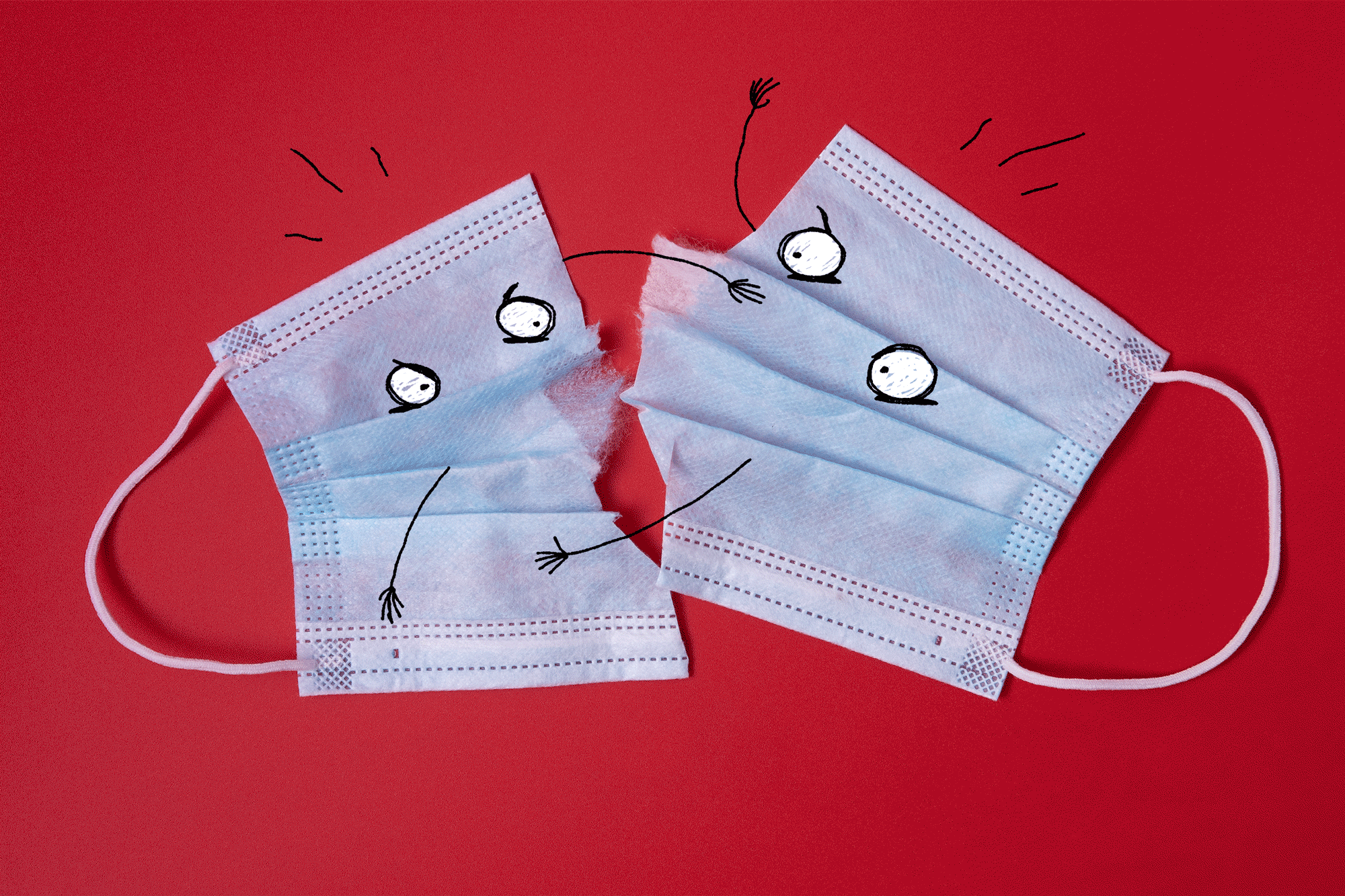Up Close and Personal? Uh, No Thanks
- Share via
In a perfect world, there would be lots of empty seats wherever we went: movie theaters, restaurants, buses, airplanes, trains and park benches. Inevitably, we would pick a seat with empty ones on all sides, distancing us from strangers, diminishing cootie potential.
Are we really that stranger-phobic?
Given the opportunity, yes.
Social scientists, who have studied the subject for decades, say “psychological distance” between our “personal bubble” (irregularly shaped balloons that maintain proper spacing between individuals) and others is established whenever situations allow it.
When presented with rows of tables, theater seats or restroom stalls, we size up the “spatial pattern,” make an assessment and pick seats maximizing personal distance.
The phenomenon helps ensure our survival as a species. Studies of violent criminals compared to nonviolent ones found that violent offenders have larger personal bubbles. Studies of rats overcrowded in a confined space show that males mount anything, travel in gangs and eat each other’s tails. Female rats ignore their young while others eat them. (Talk about disintegrating family values.)
In libraries, people sit kitty-cornered to avoid eye contact. In restaurants, wall seats are taken first so that anyone sizing you up can be spotted (like cowboys keeping their backs to the wall in case somebody wants to shoot them).
In buses, trains and subways, people go to end seats first (then you don’t have to look at anyone), aisle seats next (so you can escape more quickly if a wacko sitting nearby blows) and only as a last resort, seats next to strangers (because they might be the wacko). The Walkman, an artificial personal bubble, was invented by the Japanese, whose subways are so crowded that reading newspapers and books is physically impossible.
In an elevator, there are only two ways to behave: watching the numbers light up or looking at your shoes. (If you want to freak people out, stand facing a wall.)
In theaters, despite bigger seats with holes in the arms for mega-drink containers, people take the aisle seats of center rows first, and then those sufficiently spaced from other theatergoers, until there is just a scattering of good single seats left. “Get outta my face” cues, which might be renamed “get outta my personal bubble,” consist of sticking out our elbows (to make our space larger), wiggling and looking straight ahead. (I find eating garlicky food or not showering more effective.)
“It’s sort of a self-regulation process,” said Robert Sommer, a professor of rhetoric and communication at UC Davis, who studies seating patterns in public places. “People will sit one to a double seat. It is considered an invasion if there were empty seats in a place and you went and sat next to a stranger. It provokes anxiety . . . is considered bizarre, violates expectations and hastens departure.”
All animals have “personal distance,” a term coined by famed Zurich animal psychologist Heine Hediger to describe the distance consistently separating members of a species. The greater the physical size, the greater the personal distance (the smaller the bird, the more that sit on a wire).
Social distancing is rigidly practiced at urinal stalls in public restrooms, where the etiquette is to stare straight ahead, ignore everyone else and never, never park next to a fellow urinator because zipper injuries might occur. Humor writer Dave Barry has said the ultimate design for male restrooms would be urinals spaced a quarter of a mile apart.
“I could be in there and the Kennedy assassination could take place in the restroom and I am not going to look,” Barry said during an interview on San Francisco radio. “They’d say, ‘Did you see anything?’ I’d say I was taking a leak.”
To allow for our personal-space bubbles and cootie-phobia, perhaps restaurants, theaters and other public spaces should consider roping off whole sections of seating, with tasteful little signs identifying the area: “For People Scared of Strangers Only.”
But, let’s face it. Who would sit in the rest of the seats?


